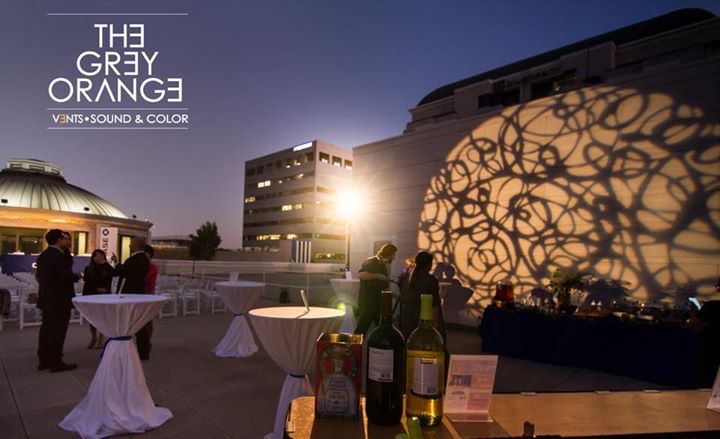November 7, 2025
The Shift: From Logos to Living Experiences
Branding used to stop at a logo. Now, it lives in every touchpoint, the scent of the room, the soundtrack of the evening, the texture of the napkin, and the feeling guests carry home. Today’s audiences whether consumers or corporate teams are craving authentic connection, not just recognition.
As a corporate event producer and brand storyteller, I’ve watched this evolution firsthand. The most successful brands understand that the event is the message. When done right, experiential activations create not just awareness, but allegiance.
1. Branding Is More Than Visual. It’s Sensory and Emotional
A logo can be forgotten, but an emotion lingers.
When I design corporate events or branded activations, I start by asking: How should this experience feel? For a tech brand, maybe it’s sleek innovation. For a luxury label, it’s intimacy and indulgence. For a wellness company, it’s calm and connection.
The key is to activate all five senses:
- Sight: Cohesive color palettes, lighting design, and visual storytelling.
- Sound: Music that sets the tone live, curated playlists, or brand-composed soundscapes.
- Scent: A subtle aroma that anchors the memory of the space.
- Taste: Food and beverage that mirror the brand’s identity and values.
- Touch: Textures, from velvet lounges to metallic signage that communicate tone.
When all five align, your brand doesn’t just appear, it’s felt.
2. Crafting Immersive Storytelling
An event without storytelling is just logistics. A brand experience without a narrative is noise.
From product launches to leadership summits, every activation should have a clear through-line, a “why” that ties back to brand values.
Think of it like a cinematic arc:
- Act I: The reveal: guests enter and feel instantly immersed.
- Act II: The engagement: they interact, share, and connect.
- Act III: The reflection: they leave inspired and emotionally tied to the message.
Brands that tell a story through their events create advocates, not just attendees.
3. Data Meets Design: The Future of Brand Activations
Great storytelling needs strategy behind it. Modern experiential marketing blends creativity with measurable results.
Use data from past activations to guide the next, track engagement, dwell time, social shares, and sentiment. Then layer that insight with design thinking: how can the event environment convert curiosity into connection, and connection into loyalty?
At Dee Lee Designs, we call it intentional design every decision should reflect purpose, not trend.
4. Building Loyalty Through Human Connection
Brand loyalty isn’t built through repetition, it’s built through relevance.
A corporate retreat that prioritizes wellness and inclusion will do more for retention than any swag bag. A brand pop-up that invites genuine participation not just selfies, drives stronger recall.
Connection > Conversion.
When people feel seen and valued, loyalty follows naturally.
5. Partnering with the Right Producers
Choosing the right event producer is as critical as choosing the right strategy partner. You need someone who:
- Understands brand storytelling, not just logistics.
- Has a global network to execute anywhere your brand story travels.
- Can translate KPIs into experiences that move people, not just impress them.
That’s where seasoned producers come in, professionals who blend artistry with analytics to make the intangible tangible.
The Takeaway: Experience Is the New Brand Equity
In the era of short attention spans and content overload, experiential events are the most powerful way to make your brand unforgettable.
They don’t just showcase what your company does, they show who you are.
And when people feel your brand, they remember it, advocate for it, and stay loyal long after the lights go out.

Be the first to comment!